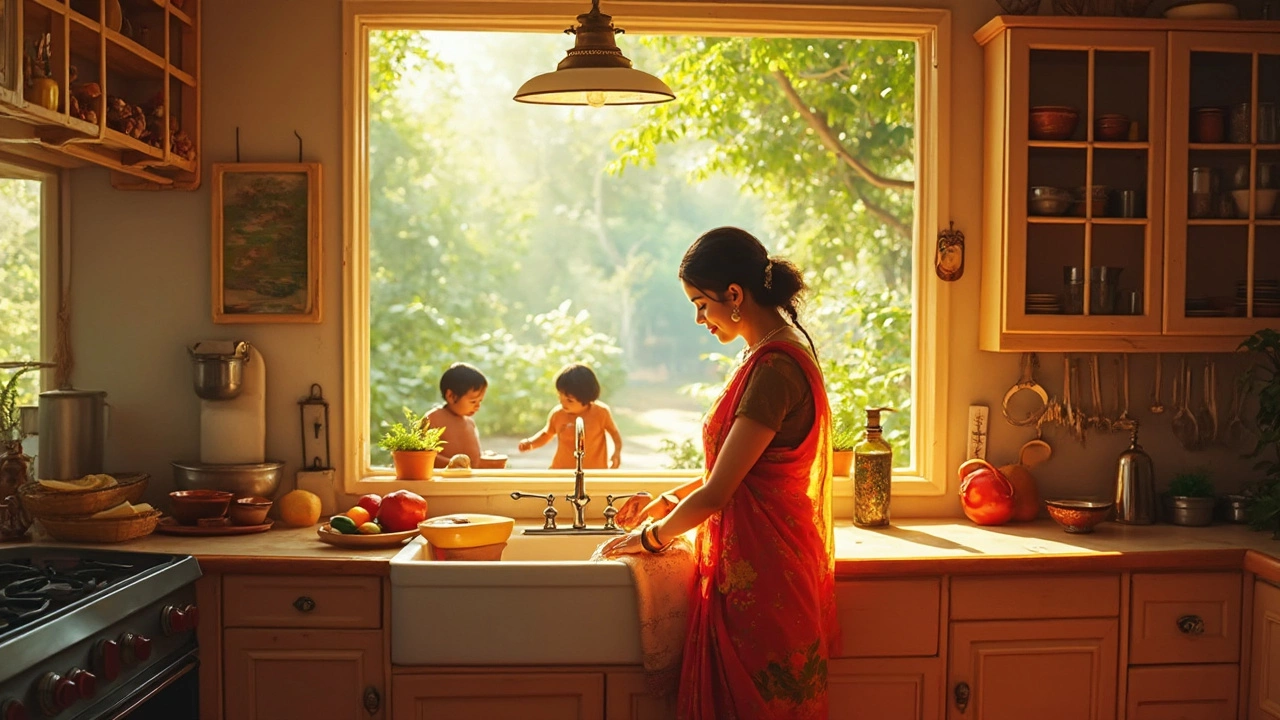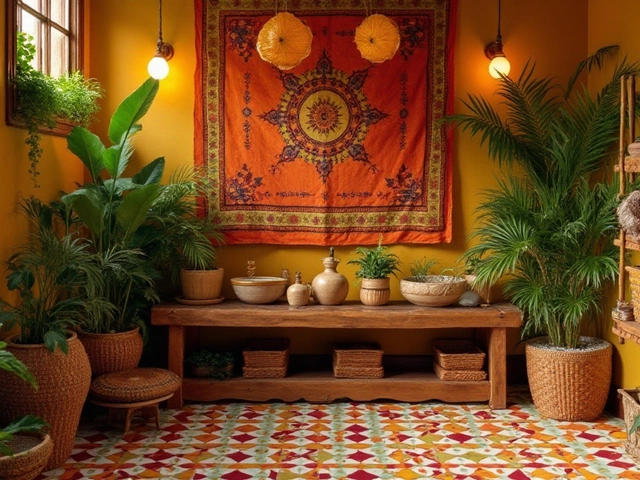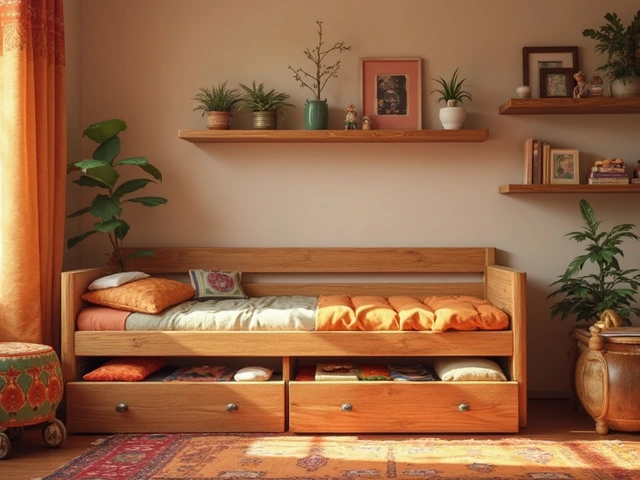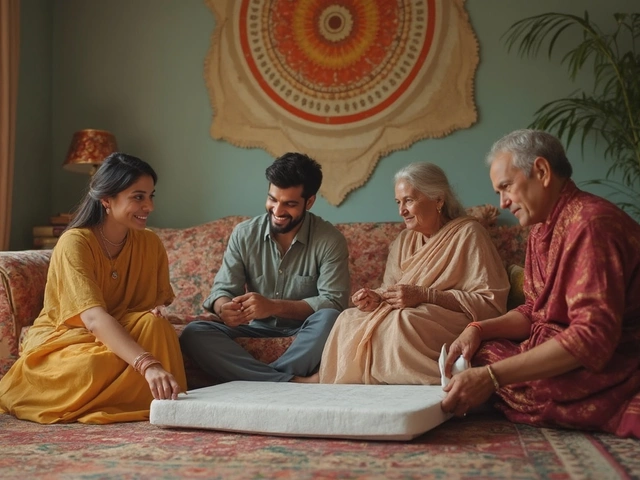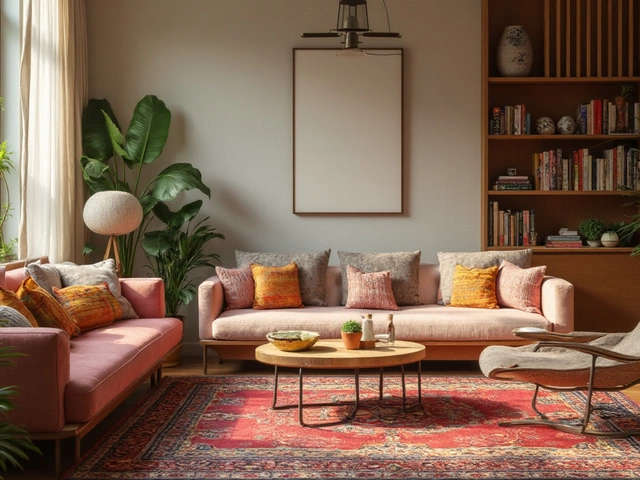Ever notice how your kitchen sink almost always sits smack dab under a window? It's one of those home quirks most people don't think much about until they're up to their elbows in suds, staring out at the garden or driveway. But this isn't just a fluke. There’s an entire world of reasons—some boringly practical, others surprisingly smart—behind it. Architects, plumbers, and even environmentalists have had their say over the years. Turns out, the window-above-the-sink trick might just be one of the best design hacks in your whole house. Ready to see what’s actually going on?
The Origins: From Plumbing Problems to Practical Pleasures
Way back when indoor plumbing was still new, people needed their kitchens to make sense from a technical perspective. Kitchens started out as work zones, not the open, stylish hangout spots they are today. Running water pipes was a hassle, especially since most water lines—and, just as importantly, drainage—were easiest to install on exterior walls. It was a job for brute labor: dig through the outer wall once, get pipes in, and never look back. Since windows almost always belong on those same outer walls, lining up the sink under the window just felt right.
But the tradition stuck around even after plumbing technology advanced. Why? Turns out, it actually makes life better. Imagine being stuck washing mountain-high piles of dishes with your back to the wall. There’s something about sunlight and a glimpse outside that makes chores less painful. British housing surveys from as far back as the 1930s note how homebuilders started putting windows above sinks because it "cheered people up" and made kitchens "less gloomy." Laughter, sunlight, and less boredom—kind of practical, right?
There’s even more. Ever try hand-washing veggies or scrubbing stubborn pans with no natural light? It’s not fun. Overhead lighting rarely hits the right angles. Having a window right there lets you spot stuck-on food or that rogue carrot peel clinging to a plate. Old American design handbooks often recommended “ample, natural northern or eastern light at the principal sink.” Stats from a 2017 redesign analysis found 63% of homeowners listed “natural light” as a top priority for their kitchen upgrade. That’s no accident.
There’s also an airflow bonus. Kitchen sinks are wet and messy. Put a window there, and all those not-so-pleasant odors—think fish night or burnt toast—can flow right outside. This is huge in older homes without fancy ventilation. Smart, simple, and it actually smells fresher. An open window can keep humidity in check, stopping mold in its tracks before it starts, especially when dishwashers steam up your space.
| Reason | Benefit |
|---|---|
| Exterior wall plumbing | Easier and cheaper installation |
| Natural light | Makes dishwashing more pleasant and efficient |
| Ventilation | Cuts down on odors and moisture |
| Visual relief | Breaks up chore monotony with outdoor views |
Design Logic: Putting Function Over Fancy
Step into a modern home and you’ll see the same old idea, just given a fresh spin. Sink under the window, dishwasher close by, cabinets and counters in neat little triangles. Ever heard of the “kitchen work triangle”? This classic setup links the sink, stove, and fridge for max efficiency. Placing the sink in front of the window keeps the triangle sharp. You wash, prep, and cook without zigzagging all over the room. This setup isn’t for looks—it makes life easier.
People love to complain about awkward kitchen layouts. You know, sinks in dark corners, microwaves shoved next to the oven, or dishwashers blocking the fridge. Studies done by the National Kitchen and Bath Association show homeowners are happiest with a layout that focuses on ease: easy to wash, chop, and cook. The window placement for the sink became so standard that some designers flat out recommend swapping room layouts if you don’t have one already.
A big reason this layout won’t die? Storage. Placing the sink beneath a window means you avoid bulky wall cabinets above—the very spot you’d want to duck under or open for glasses. Without cabinets hogging the space, the kitchen feels bigger and brighter. And, honestly, have you ever smacked your head on a cabinet trying to lean over a sink? This design saves your face and your patience.
There’s even a little psychology at play. Humans are drawn to light and open views, especially when we’re stuck doing something repetitive. An Australian behavioral study tracked people’s time spent at the sink and found windows increased satisfaction by 40%. And for families, it’s also the perfect way to keep an eye on the backyard. Parents can peek at their kids or pets and multitask without missing a beat.
What about privacy? Some folks worry about nosy neighbors. Easy fix: try frosted windows or install a pretty plant on the sill. You get all the daylight with none of the awkward waves from next door. You can even go wild with curtains or roll-up blinds that don’t block out every ray.
While trendy kitchens in magazines sometimes put the sink on an island, most people still trust the old window spot. Islands are great for socializing but awful for ventilation and daylight. Most designers say: if you have to choose between a window and an island view, always flag the window. It’s the harder upgrade to add later.
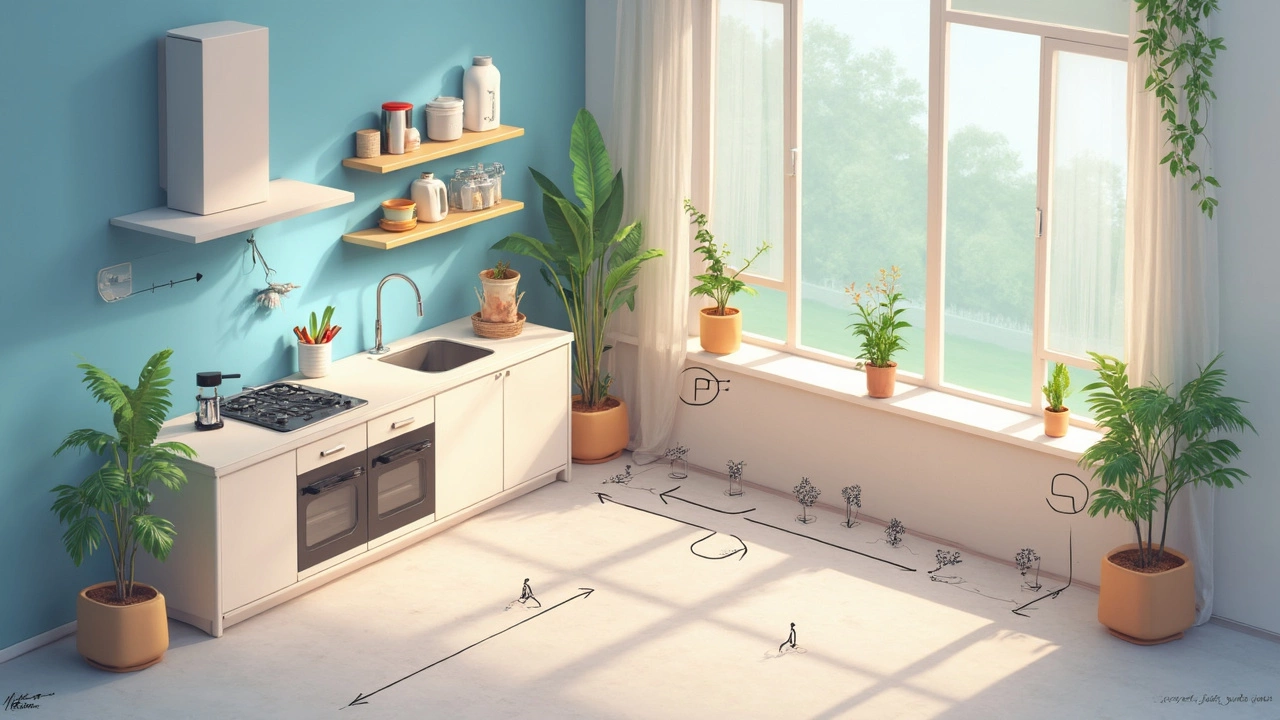
Hidden Benefits You Didn't Know About
Alright, let's talk about the perks most people miss. For starters, washing under a window might actually save you money—no joke. If natural light floods your sink during the busiest kitchen hours, you'll burn less electricity flipping on those overhead LED bulbs. Add up all those extra minutes and you might just shave a few bucks off your power bill every year. Small change, maybe, but no one hates a surprise discount.
Green thumbs, listen up: that windowsill above your sink is perfect for an indoor herb garden. Basil, chives, mint—anything you want. The damp air and steady sunlight are a one-two punch for happy plants. No fancy greenhouse needed. And the reach is perfect; grab a sprig while you toss together pasta.
Here’s another overlooked perk for city people: the window becomes a sneaky pass-through. In older urban homes, folks used to open the kitchen window and hand dishes, drinks, or even groceries straight inside from the backyard or back porch. It’s not just retro cool—it’s actually useful if you throw BBQs or need to talk to someone lounging just outside.
Then there are the troubleshooting wins. Plumbing leaks or clogs happen, but with your pipes running against an outside wall and plenty of light, spotting problems is way simpler. If you’ve ever crawled under a kitchen island in semi-darkness trying to find a drip, you know what a nightmare that is. The window’s rays make it a lot less likely you’ll miss a leaky spot.
On the topic of health, let's touch on germs and bacteria. Dish zones can get real grimy, real fast. Sunlight (especially UV rays) can naturally cut down on bacteria growth on damp surfaces, slowing mold and mildew buildup. It's not a replacement for cleaning, but it's a minor boost that doesn't hurt.
If allergies drive you nuts, opening a window lets you release built-up moisture and prevent dust mites. Toss in a HEPA screen, and you can even keep pollen at bay while airing out your space. The sink zone goes from stifling and stuffy to fresh in no time.
And for design lovers: that stretch of blank wall under a window gives you space for decorating. Hang some art, dangle a cute planter, or go with a colored backsplash for a little personality. You can't always do that when there are wall cabinets everywhere. Plus, the reflection of daylight can make colors pop in ways electric light just can't match.
- Handy windowsill storage—home for sponges, soap, or plants.
- No risk of banging cabinet doors into your head while washing up.
- Easy access to fresh air after cooking strong smells.
- Sunlight boosts your mood and cuts winter blues (there’s real science behind this).
These little extras add up. The sink-under-the-window trick isn’t just a leftovers-from-old-houses thing. It survived decades because it just works—sometimes in ways people don’t even notice until they try something else and miss it.
Planning a Kitchen? Tips for Sink Placement That Actually Work
Thinking about redoing your kitchen or moving somewhere new? The temptation for wild design choices is huge—floating sinks, central islands, maybe even a hidden nook for your dishwasher. But here’s the honest advice: you almost never regret putting the sink in front of a window. Even big-name architects and pro home builders stick to this classic more often than not. Still, you gotta play it smart.
- Window size matters. If you’re locked into a small square window, don’t sweat it—you’ll still get natural light. But if you can, go wide. The wider and taller the window, the better the airflow and mood. If privacy's a concern, go for frosted glass or add a pull-down shade.
- Plan for plumbing. Saving money on installation is easier when pipes stick to an outer wall—less fuss, fewer weird angles for water lines, and usually faster to fix if things go wrong. If you move your sink far from exterior walls, your plumber might hate you…and your budget will, too.
- Upgrade the window ledge. Seriously, don’t waste that little shelf—use it for herbs, décor, or just more soap and scrub brush storage. If you’re handy, add a deeper sill with tile or waterproof stone to keep things looking sharp.
- Maximize natural light. If your view isn’t great (like if you face a brick wall or utility pole), consider adding a small picture window with built-in shelves for plants. Daylight still boosts your kitchen’s vibe, even without postcard scenery out back.
- Think about double sinks. Today’s kitchens are busier than ever, and a double bowl setup means soaking pans on one side and prepping veggies on the other. Just check your window’s width, so the sink fits nicely beneath it.
- Don’t forget about ventilation. Pick crank-open or pane windows that open wide to dump out steam after boiling pasta or frying up bacon. There are window fans made just for kitchens, and they’re worth every penny if you don’t have a range hood.
- Keep cleaning supplies handy. Hang a caddy or magnetic strip on the window frame inside for easy-grab sponges, scrubbers, or scissors. You’ll keep the counter clear and have everything you need right where you want it.
- Don’t ruin the triangle. Place the sink so you can pivot easily to the fridge and stove—look up photos of “work triangle” layouts for inspiration. Never stick the dishwasher between the sink and window or you’ll block your own foot traffic.
- Add a splash of personality. Toss up some tiny suction-cup vases, install hanging glass baubles, or paint the sill a funky color to break up the white-and-steel monotony most modern kitchens fall into.
- Ask for more outlets. If possible, get an electrician to add outlets under or beside the window. Handy for plugging in blenders, chargers, or LED strip lighting while keeping the look minimal and tidy.
Every kitchen is different, but tucking the sink in front of the window is one of those universal tweaks that keeps winning. The kitchen sink has become the heart of household design for a reason—mixing natural light, fresh air, and a spot to zone out while scrubbing. People don’t just remember the food or décor. Years later, they remember what it felt like to stare out that kitchen window, hands in warm water, catching a breeze after a long day. Little details, big impact. Not every design trend survives a century, but this one looks set to stick around for plenty more.
